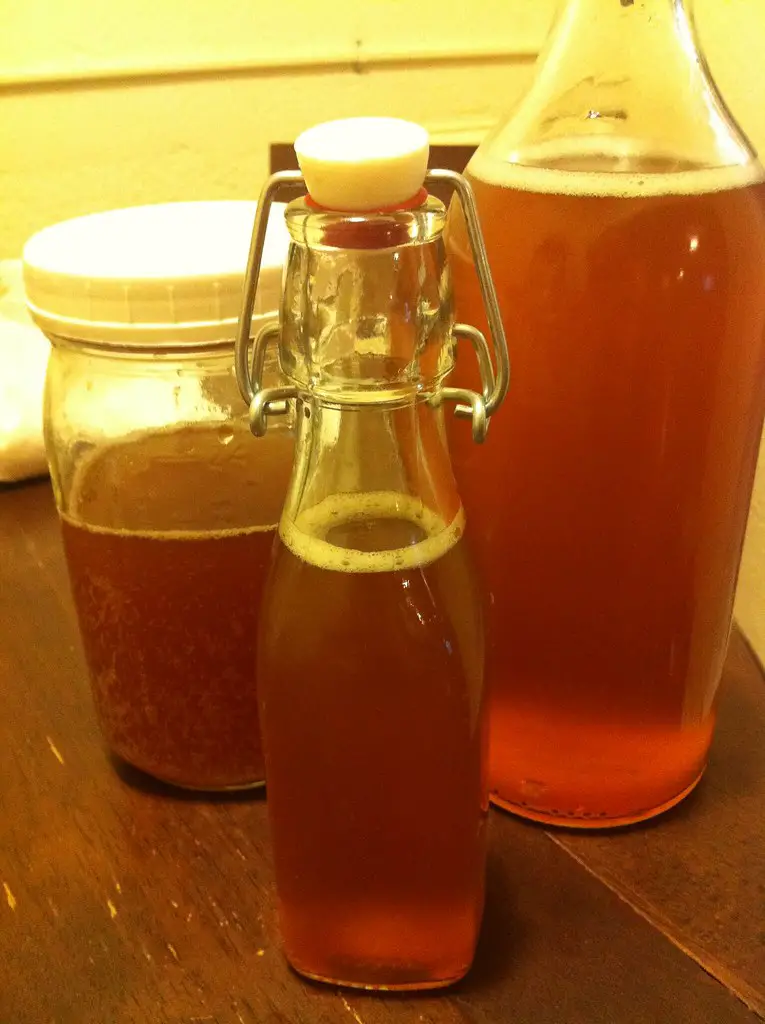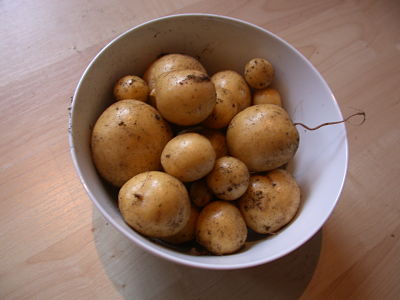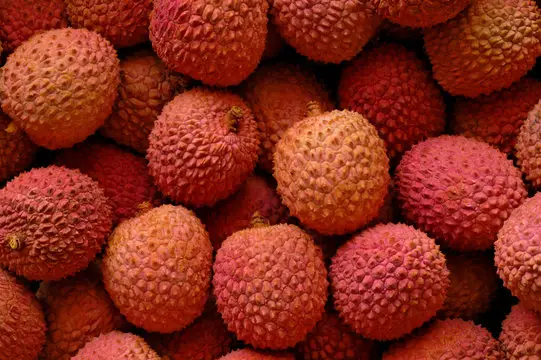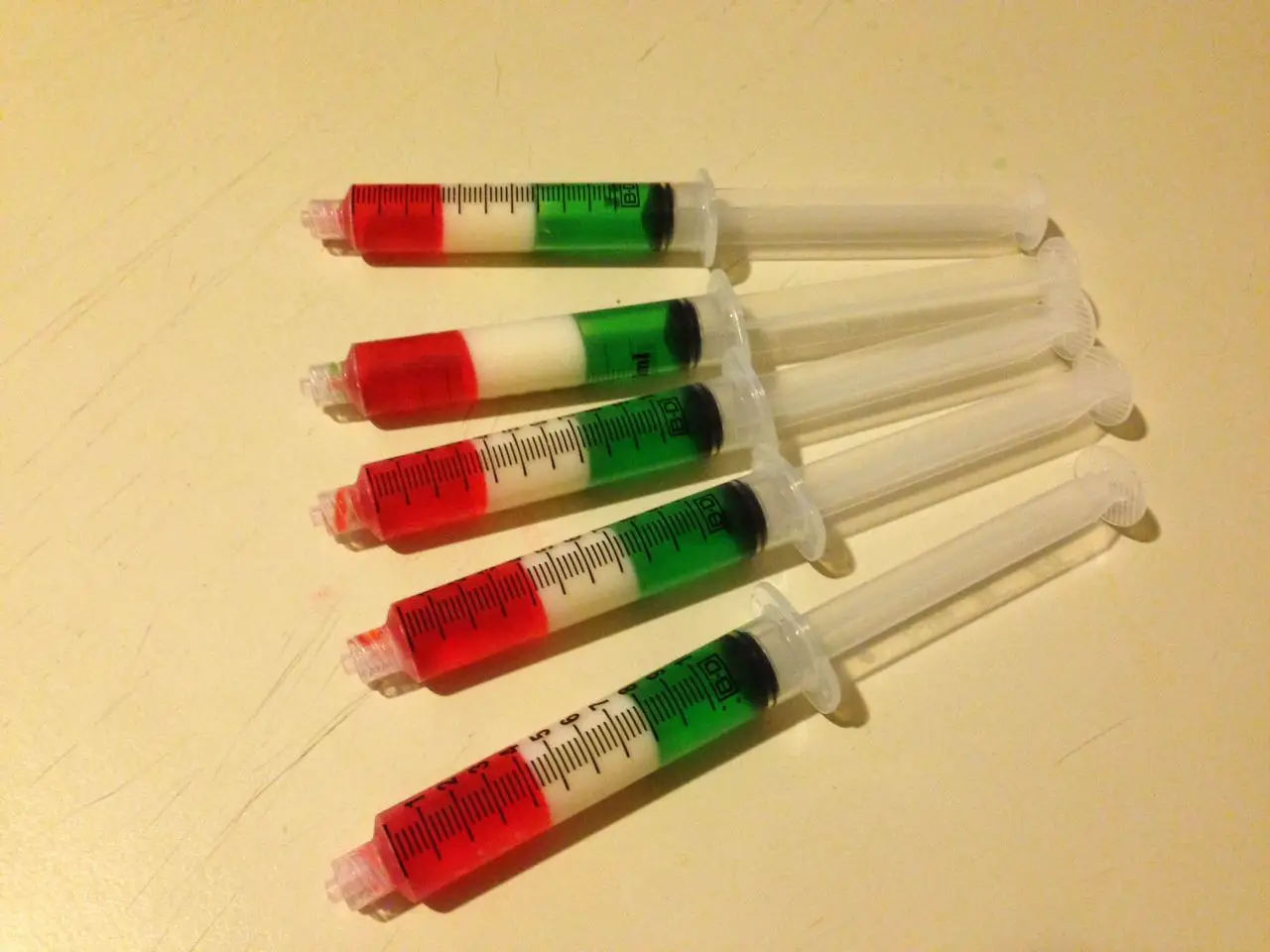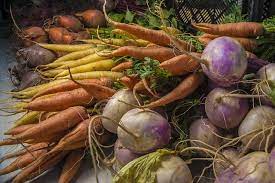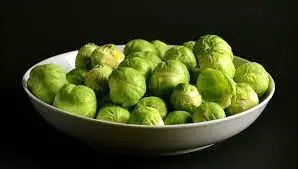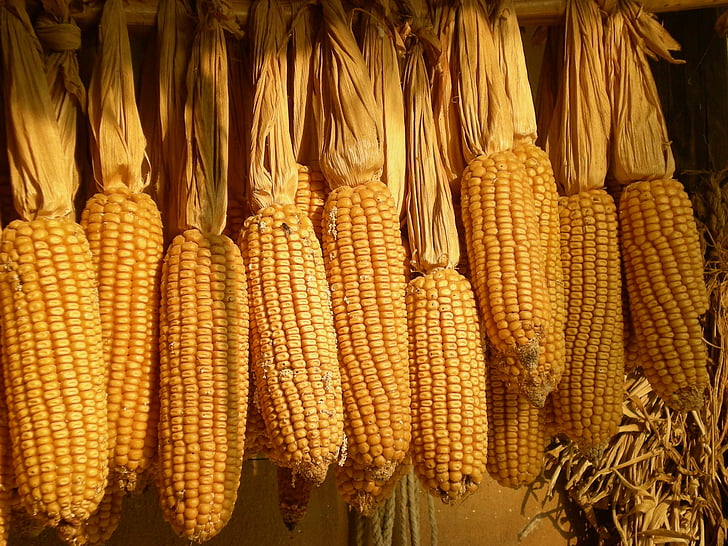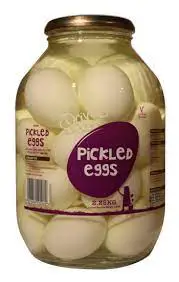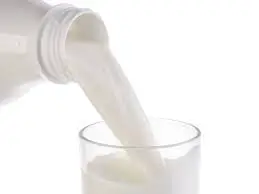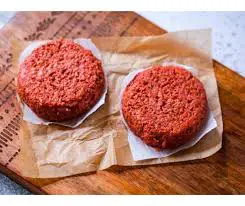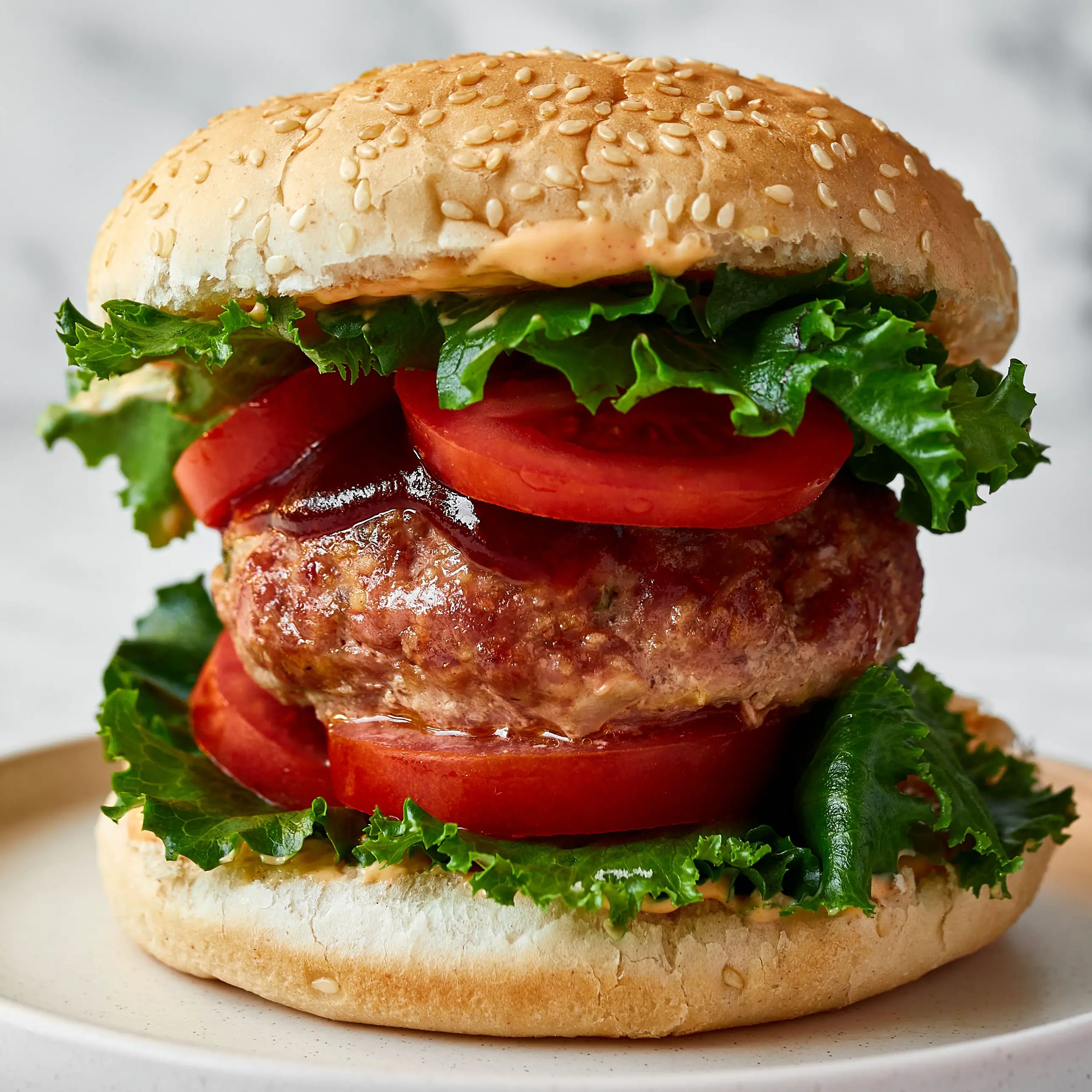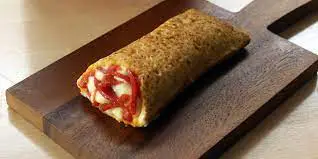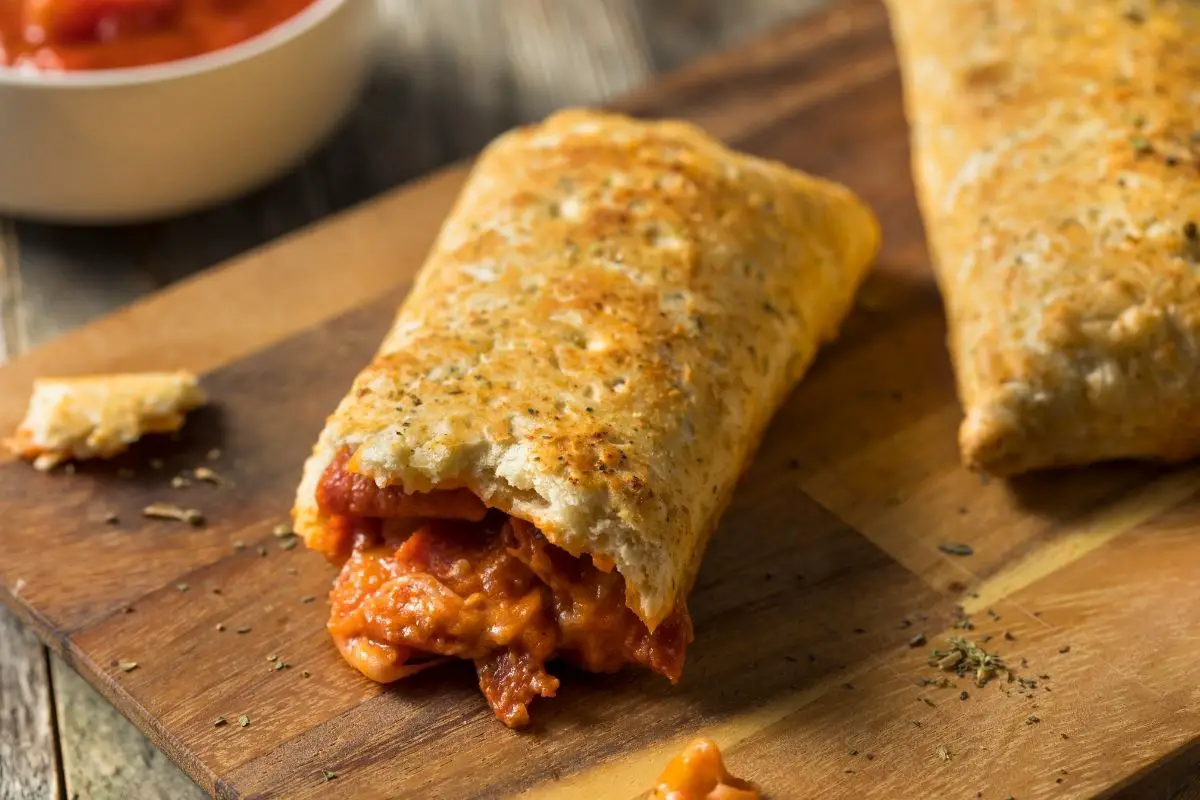Top Ways to Thicken Bean Soup

A hearty soup is the best way to warm up on a cold winter day. You might prefer thicker soups. If that is the case, then you may be curious about how to thicken bean soup naturally. Because it can be difficult to make a soup thicker, we have some suggestions that might help.
It is possible to alter the soup’s flavor by changing its thickness. You can make the soup thicker by adding foods that will alter the texture and flavor of the soup. I am here to help you avoid common mistakes and I would also like to show you how to thicken bean soup, ham or any other type of bean soup.
How to naturally thicken bean soup
Blended beans are our favorite way to thicken bean soup without adding any man-made ingredients. Blend a few cans of beans with water or liquid from the beans. The result will be a thick, creamy paste. It should not be too runny. You can add water to thin it out if it becomes too thick.
Blended bean soup is a great choice because it preserves the bean flavor while making your soup thicker and creamier. This is the easiest and most practical method to turn thin bean soup into thick soup. We often refer to it when asked about thickening bean soup.
Refried beans can also be used to thicken the soup. Although it may alter the taste of the beans and make the soup too thick, it is not a bad idea. This will prevent you from having to blend your beans. A creamy bean soup with ham is possible by adding milk or cream to the beans. It will thin them slightly, but keep them fresh and flavorful. Before adding the beans to the soup, make sure you thoroughly mix the refried bean with the liquid.
These Methods Change Flavor
What can you do to thicken ham or bean soup? Cornstarch or flour are good options.
Both of these methods can make your soup taste bland. Too much flour can leave the soup tasteless, but it’s a useful thickener that most people have in their kitchen.
Cornstarch can’t be used to alter the flavor of your food, as you only need small amounts. Cornstarch can be difficult to work with. It is easy to make it too thick and lumpy. It may be difficult to get the cornstarch to dissolve completely in your soup. Mixing the cornstarch in small amounts of water is a good way to prevent this from happening. Before adding it to any dish that requires thickening, make sure it is completely dissolved.
The Potato Method
You may have thought of using potatoes to thicken your dishes. Although it is useful for some dishes, mashing potatoes into soups or casseroles can be a great way to thicken your food. However, it will not work in all kinds of dishes like flour, milk cream, cream or cornstarch.
Mashed potatoes are a great way to thicken ham or bean soup. It works best if the soup contains potatoes, but adding mashed potatoes won’t make the soup taste any different.
To make quick mashed potatoes, boil some potatoes in enough water to cover them. Then heat on high heat. When the potatoes are soft enough, you can poke a fork through them, drain them and place in a blender or bowl. Then you will have to use an electric hand mixer to blend the potatoes. Make sure you add a little milk to make them creamy. Add as much milk as you like to your bean soup and ham.
Bean soups such as ham or bean soup often contain potatoes. Mashing potatoes will not give you a new taste or create something completely different. This is a great way thicken your soup while still maintaining the original flavors and texture.
How to Thicken Bean Soup In A Crock Pot
We suggest that soup be made over the stove, in a saucepan or skillet. You can add your liquids or other ingredients during the cooking of your soup, or after it has been made.
But how do you thicken bean broth in a slow cooker? Many of the same techniques we’ve already mentioned can be used. To thicken bean soup in your crockpot, you can use a strainer or ladle to remove some beans. Then add the water or broth to the blender.
After they have been blended, add them back to the soup and stir. The soup will be thick and delicious. This can be done while your crock pot cooks. You will need to check on the soup periodically to ensure the consistency. Simply pause the crockpot, blend the beans, then return to the cooking cycle.
How to Thin Your Soup
What happens if the soup becomes too thick? It might be tempting to add water. If you need more liquid to achieve the desired consistency, water may work. Before you add the soup to the pot, make sure it is at the right temperature.
Avoid using water if your bean soup has become a paste. Use a vegetable broth or chicken broth to thin the soup and add some flavor.
Thinning or thickening soups can have a negative impact on the flavor. It is not difficult to get the consistency right, but it is much more difficult to do so while keeping the soup’s flavorful elements intact. We recommend using rich, flavorful ingredients over bland ones.
It is possible to make black bean soup too thick if you don’t know how to thicken it. It is important to know how to thin the soup with the right liquid. It is easy to add too many mashed potatoes or blended beans to your soup. This can make it seem less soupy. A little broth or stock can help you get your soup back to its original consistency.
What goes well with bean soup?
This dish can be made with confidence once you are familiar with how to thicken bean broth and what you should do. But what goes with bean soup? Toasty bread, crackers, pasta, and salads make a great side dish. For a more southwestern-inspired meal, try pairing black bean soup with corn chips or enchiladas. Pair it with biscuits, green bean, or another Southern staple, such as ham and beans soup.
FAQs
How does soup thicken when it simmers?
As long as there are visible bubbles on the surface, simmering the soup at low heat is okay. To make the soup thicker, you need to boil it. Turn the heat up to medium if it isn’t boiling.
How can you thicken red bean soup
Continue to add the flour until the beans reach the desired consistency. To make sure there are no lumps, you can melt 2-3 tablespoons butter in the microwave or in a saucepan. Then add some flour to the pan. This thick paste can be added to your soup and stirred. thick soup (bean).
How can I make my soup thicker
Mix flour and corn flour together in a small bowl. Add 2-3 tablespoons of the soup to the bowl. Stir until smooth. This should be added to the soup. Bring it back to a simmer. Allow the starch granules and flour to melt for a few minutes.
To thicken, should I use cornstarch or flour?
Cornstarch can thicken foods such as sauces, puddings and pie fillings. Cornstarch is pure starch and has twice the thickness power of flour. To achieve the same thickness as cornstarch, you’d need twice as much flour.
How can you make bean soup from scratch?
Directions: Place the rinsed beans in a large pot. Bring to a boil. Add the ham bone, chopped ham, onion and bay leaves. Bring to boil. Reduce heat and cover the pot. Let it simmer for approximately 1 hour and 15 mins or until the beans are tender. Cook until tender.
Are potatoes good for thickening soup?
For more body, you can add cooked potatoes and rice to soup. The soup will thicken slightly if you simmer the potatoes or grains in it.
How do I thicken soup with no flour?
Here’s my overview of how to thicken soups using an Immersion Blender. If you want clear soups that don’t contain cornstarch and flour, you might consider mixing a portion of the soup to thicken it. Coconut Milk. Puree your stock and vegetables. Beans
Will heavy-cream thicken soup?
Dairy-Thickened Soup: if you add a little bit of heavy cream to your soup, and then let it simmer for some time to reduce the liquid, it will be a great way to thicken it.

